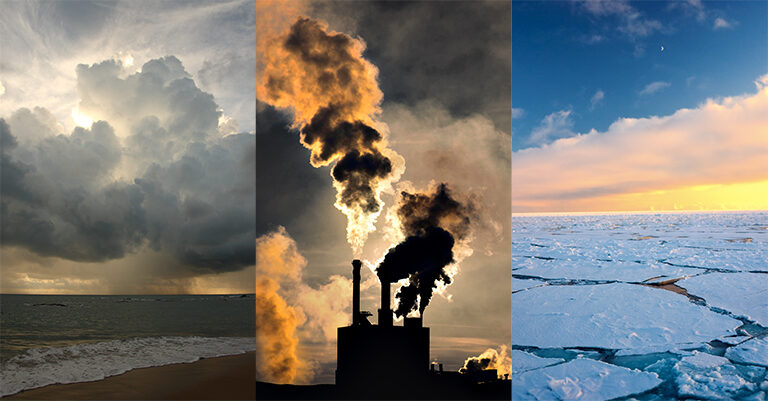One opportunity which I believe can be seized in relation to 'building back greener' from the COVID-19 pandemic is 'working from home' or 'remote working'.
The COVID-19 pandemic was first identified on the 30th of March 2019 (Gomes, 2020) and was first declared a global pandemic by the World Health Organisation (WHO) on the 11th of March 2020 (Le Quéré et al., 2020). During the pandemic measures and restrictions were put in place across the world in order to stop the spread of the deadly virus. Restrictions across the world seen people confined to their homes as international travel was banned and national travel was very much limited, reducing transport and changing consumption patterns (Le Quéré et al., 2020).
These travel restrictions brought about the idea of 'working from home' or 'remote working' which was implemented by 60% of working Americans (Economist, 2021). Yasin et al. (2021) defines remote working as a "broad concept of an arrangement where work is fully or partly carried out at an alternative worksite other than the default place of work". Remote working can be took in many forms such as telework, mobile work, telecommuting, flexible working, home office and virtual office to name but a few (Yasin et al., 2021). At the height of the pandemic almost overnight people switched to a remote working set-up and started using video-conferencing technologies for work, meetings and negotiations (Jack and Glover, 2021). Parr et al. (2020) mentions numerous benefits, working from home brought during the pandemic such as, improving peoples work/life balance, reducing the amount of time people spent commuting to work therefore, contributing to reduced carbon emissions and air pollution.
Du et al. (2021) reports that there was a huge drop in traffic volumes and road traffic collisions during the pandemic due to travel restrictions and people remote working. Murray and Griffin (2021) highlights that the US alone seen a 65% cut in national traffic. The reduction in traffic volumes also brought declines in traffic delays, energy consumption, and emissions. Image 3 below shows how the reduction in traffic volume affected the sale of fuel in the UK. Less fuel being sold contributed to a decrease in GHG emissions.
Before the outbreak of COVID-19 the transport sector was responsible for 24% of annual global emissions of CO2. Of the 24%, 3% came from aviation, 18% from road transports and less that 1% from rail (James and Pamlin, 2009). Image 1 below shows the estimated reduction in Ireland's emissions in 2020. De Bruin et al. (2020) states that COVID-19 had a huge influence on this estimated reduction. The Environmental Protection Agency (EPA) and Sustainable Energy Authority of Ireland (SEAI) (2021), reports that the biggest reduction in emissions came from the transport sector where emissions have seen an estimated decrease of nearly 17% (Image 2) as a result of the restrictions put in place during the pandemic. Klöwer et al. (2020) states that if commuters switch to working from home it could actually save them 90 euro a week and has the potential of reducing emissions by 60%.
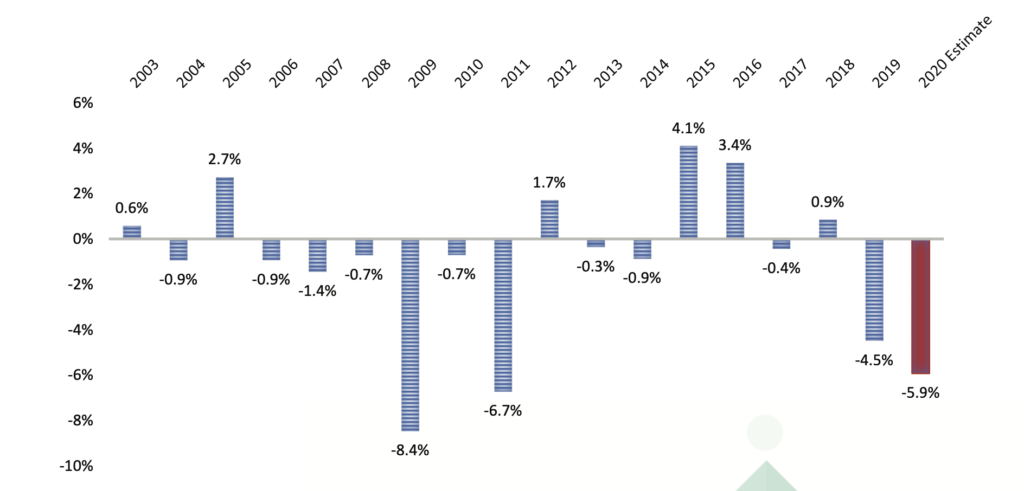
Source: EPA and SEAI (2021).
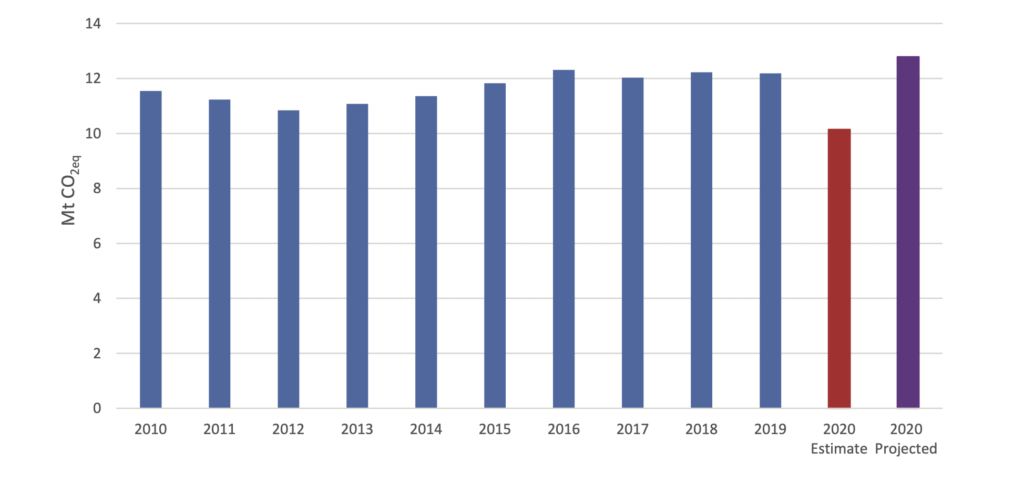
Source: EPA and SEAI (2021).
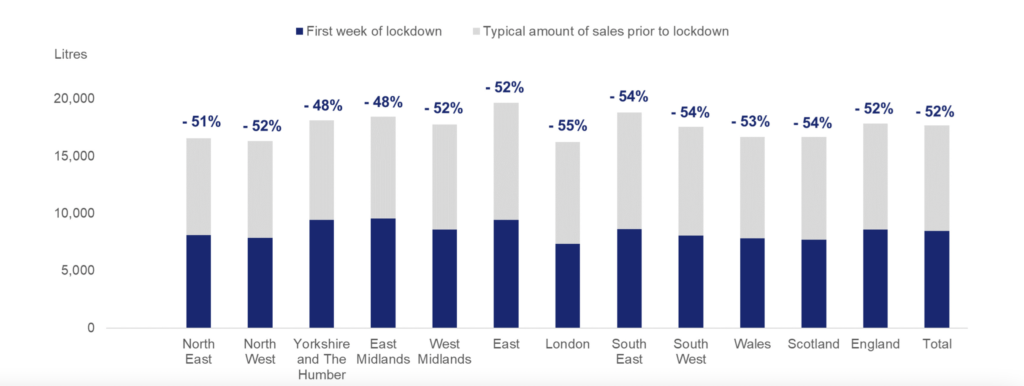
Source: BEIS found in GOV.UK (2020)
Remote working also has a huge potential to reduce not only the emissions from road transport but also aviation transport. Before the pandemic the vast majority of flights were taken by a small group of frequent flyers for example in the UK, 15% of the population was responsible for 70% of the flights (Gomes, 2020 and Le Quéré et al., 2020).
Jack and Glover (2021) examines the potential impact the transition from in-person or face-to-face conferences to audio, video, web and other conferencing technologies has for the reduction of aviation emissions. A study on business travel in Europe concluded that this transition to videoconferencing could reduce air travel by 5-30% saving 5.59-33.53 million tonnes of CO2 annually (Balmford et al., 2017). Another study in Australia found that this technology could save 2.4 million tonnes of CO2 emissions which is equivalent to 0.43% of the countries total CO2 emissions (James and Pamlin, 2009). These emissions are being saved through the substitution of travel. Deutsche Telekom and T-Mobile discovered that 40,260 minutes of videoconferences between 2004 and 2007 saved 7000 tonnes of CO2 which mainly came from air travel (Shukla et al., 2019). A study by NTT found that 115 minute videoconference created 400 kilos of CO2 emissions (emissions were coming from the energy needed to supply the technology to run the videoconference) in comparison to a face-to-face conferencing which produced 2000 kilos of CO2 as a result of 674km of air travel (Jack and Glover, 2021). Therefore it is clear that a technological transition and a switch to remote working have the potential to reduce emissions from air travel.
Due to the COVID restrictions and development of new technologies, new low GHG-modes of internationalisation emerged which meant people could not/ did not need to travel by plane or even by road to go to work or attend meetings or conferences therefore bringing the decrease in the number of people flying seen in Image 3 as well as reducing overall GHG emissions and emissions from the transportation sector seen in Images 1 and 2 above.
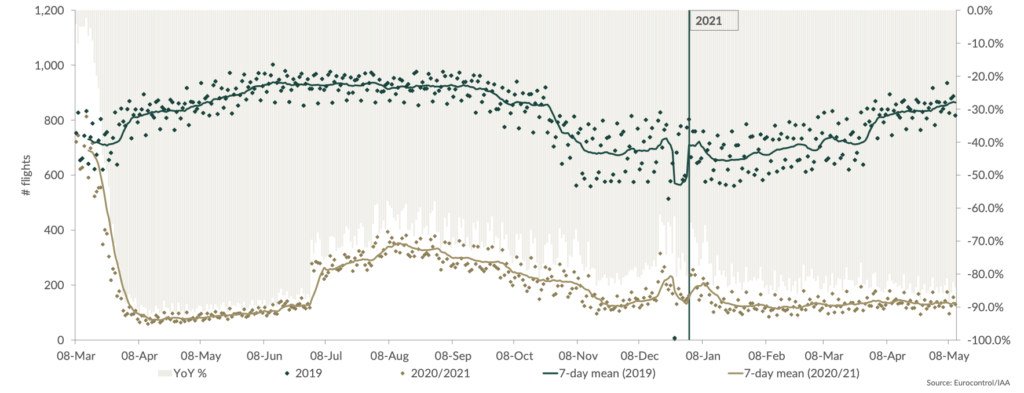
Source: Department of Transport (2021)
As environmentally beneficial as full time remote working is we must also consider that some people still want or even need to go back to work and engage with their colleges even if it isn't 5 a days a week. This has brought about the idea of hybrid working where certain days, workers are in the office for activities such as in-office meetings, orientations, team-building activities and project kick-offs, and on other days they are remote working doing individual work (Ro, 2021). O’Doherty (2021) reports that if employees who commute to work by car switch to hybrid working where they are in the office 3 days a week and at home for the other 2 days then it could potentially avoid two tonnes of carbon emissions for every three participants over a year. O’Doherty (2021) also states that there were 1.1 million car commuters in Ireland pre-pandemic and if all these commuters switched to hybrid working it could save 670kg of carbon per person yearly which could be huge in terms of building back greener post COVID.
What does 'Remote Working' mean for 'Building Back Greener ?'
Where possible working from home is definitely a more sustainable 'greener' option. From the evidence provided above it is obvious that the travel and working restrictions of the COVID-19 pandemic had a huge effect on GHG emissions. However, the question we must ask now is how do we encourage those who can work from home to continue working from home in order to 'build back greener' ?
There are many problems associated with remote working including productivity of workers, distractions such as kids (O’Connell, 2021), ICT issues (Finnegan, 2020), and financial difficulties (Department of Enterprise, Trade and Employment, 2021). O’Connell (2021) mentioned a study of 10,000 remote workers at an Asian services company between April 2019 and April 2020. The study discovered that employees were working 30% more hours than pre-pandemic and 18% more unpaid overtime hours but there was no corresponding increases in workload and hourly productivity seen a decline of 20%.
I believe in order to encourage more people to continue remote working and to attempt to 'build back greener' post COVID, governments and employers need to incentivise workers to do so. The Department of Enterprise, Trade and Employment (2021), mentions how the Irish government plans to incentivise more people to work from home. They aim to create conductive environments for the adoption of remote working by offering tax and financial incentives. Currently employees working from home can claim a further €3.20 a day from employers to cover increased electricity, heating and broadband costs due to remote working. We also see similar incentives in the UK and Australia where tax relief is being provided on utility and phone bills if employees work from home (Gov.uk, (2021) and Australian Government, (2021). The cost of working from home can often discourage people from remote working therefore offering incentives such as these can alleviate the financial burden and encourage more to work from home contributing to the reduction in work transport and related emissions.
The Department of Enterprise, Trade and Employment (2021) also highlights how they aim to improve infrastructure to facilitate working from home such as improving broadband facilities nationwide through the National Broadband Plan. This plan aims to provide high speed broadband across Ireland covering 1.1 million people living in 544,000 premises across Ireland and aims to have 90% of premises in Ireland accessing high speed broadband by 2024 (Department of Enterprise, Trade and Employment, 2021). This is very important for rural and commuter areas where internet access is limited and needs to be improved in order to facilitate remote working and to reduce the workers transport footprint and therefore 'build back greener'.
In conclusion, the COVID-19 pandemic has brought about huge changes in our daily lifestyles one huge change being the way we work. The huge switch to remote and hybrid working were introduced and implemented as a result of transport restrictions to prevent the spread of COVID, bringing huge environmental benefits. Therefore, in order to 'build back greener' post pandemic one potential switch is to keep people who are able to work from home or in a hybrid style to continue to do so. This continuation could bring huge drops in our environmental footprint through the reduction of our transport emissions and therefore see us building a greener economy post COVID-19.
Bibliography
AUSTRALIANGOVERNMENT. 2021. Working from Home during COVID-19 [Online]. Available: https://www.ato.gov.au/general/covid-19/support-for-individuals-and-employees/employees-working-from-home/ [Accessed 19/12/2021].
BALMFORD, A., COLE, L., SANDBROOK, C. & FISHER, B. 2017. The environmental footprints of conservationists, economists and medics compared. Biological Conservation, 214, 260-269.
DE BRUIN, K. C., MONAGHAN, E. & YAKUT, A. M. 2020. The environmental and economic impacts of the COVID-19 crisis on the Irish economy: An application of the I3E model, Research Series.
Department of Enterprise, Trade and Employment (2021), Making Remote Work: National Remote Work Strategy. Department of Enterprise, Trade and Employment.
Department of Transport (2021), COVID-19 Impact One Year On. Department of Transport.
DU, J., RAKHA, H. A., FILALI, F. & ELDARDIRY, H. 2021. COVID-19 pandemic impacts on traffic system delay, fuel consumption and emissions. International Journal of Transportation Science and Technology,10, 184-196.
ECONOMIST. 2021. The Rise of Working from Home- The Shift to a Hybrid World of Work will have a Big Impact on Managers. [Online]. Available: https://www.economist.com/special-report/2021/04/08/the-rise-of-working-from-home [Accessed 18/12/2021].
FINNEGAN, M. 2020. Working from Home? Slow Broadband, Remote Security Remain Top Issues [Online]. Available: https://www.computerworld.com/article/3584454/working-from-home-slow-broadband-remote-security-remain-top-issues.html [Accessed 19/12/2021].
GOMES, C. 2020. Report of the WHO-China joint mission on coronavirus disease 2019 (COVID-19). Brazilian Journal of Implantology and Health Sciences, 2.
GOV.UK. 2021. Claim Tax Relief for your Job Expenses [Online]. Available: https://www.gov.uk/tax-relief-for-employees/working-at-home [Accessed 19/12/2021].
JACK, T. & GLOVER, A. 2021. Online conferencing in the midst of COVID-19: an “already existing experiment” in academic internationalization without air travel. Sustainability: Science, Practice and Policy, 17, 292-304.
JAMES, P. & PAMLIN, D. 2009. Virtual meetings and Climate Innovation in the 21st Century. WWF.[online]. Available at:[Accessed 22 March 2013].
KLÖWER, M., HOPKINS, D., ALLEN, M. & HIGHAM, J. 2020. An analysis of ways to decarbonize conference travel after COVID-19. Nature Publishing Group.
LE QUÉRÉ, C., JACKSON, R. B., JONES, M. W., SMITH, A. J. P., ABERNETHY, S., ANDREW, R. M., DE-GOL, A. J., WILLIS, D. R., SHAN, Y., CANADELL, J. G., FRIEDLINGSTEIN, P., CREUTZIG, F. & PETERS, G. P. 2020. Temporary reduction in daily global CO2 emissions during the COVID-19 forced confinement. Nature Climate Change, 10, 647-653.
O’CONNELL, J. 2021. The Remote-Working Challange: ‘There are Huge Issues’ [Online]. The Irish Times. Available: https://www.irishtimes.com/life-and-style/the-remote-working-challenge-there-are-huge-issues-1.4615771 [Accessed 19/12/2021].
O’DOHERTY, C. 2021. Remote Working Backed to Bring Big Emissions Cuts [Online]. Irish Independent Available: https://www.independent.ie/irish-news/remote-working-backed-to-bring-big-emissions-cuts-40831682.html [Accessed 19/12/2021].
PARR, S., WOLSHON, B., RENNE, J., MURRAY-TUITE, P. & KIM, K. 2020. Traffic impacts of the COVID-19 pandemic: Statewide analysis of social separation and activity restriction. Natural hazards review, 21,04020025.
RO, C. 2021. Why the Furute of Work Might be ‘Hybrid’ [Online]. BBC. Available: https://www.bbc.com/worklife/article/20200824-why-the-future-of-work-might-be-hybrid [Accessed 19/12/2021].
SHUKLA, P., SKEA, J., CALVO BUENDIA, E., MASSON-DELMOTTE, V., PÖRTNER, H., ROBERTS, D., ZHAI, P., SLADE, R., CONNORS, S. & VAN DIEMEN, R. 2019. IPCC, 2019: Climate Change and Land: an IPCC special report on climate change, desertification, land degradation, sustainable land management, food security, and greenhouse gas fluxes in terrestrial ecosystems.
YASIN, Y. J., GRIVNA, M. & ABU-ZIDAN, F. M. 2021. Global impact of COVID-19 pandemic on road traffic collisions. World Journal of Emergency Surgery, 16, 51.
